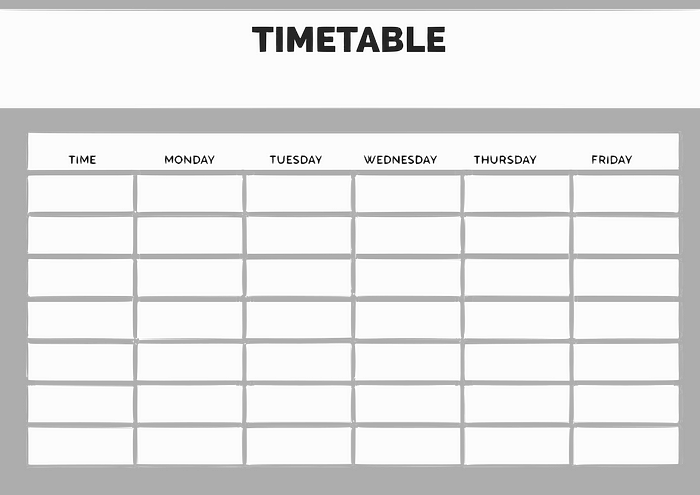
There are more Ideas to try than free time available.
There are rumors about the finite amount of willpower per day in terms of decision making.
on the other hand, and to some extent I agree. Some time ago I came across GTD and it’s principles, of which my favorite was:
Free your mind from all the tasks and problems, and store them in a structured way.
Let’s try to imagine what can be synthesized out of these thesis statements by applying them in reverse order.
First step
To free my mind I can apply some sort of notes, plain paper and pencil approach, for example, but it is not as flexible as it seems. The burden of tracking tasks and ideas is huge.
I can go further and use some apps, this seems reasonable in the era of smart devices. I may solve the tracking issue, but it is difficult to choose the right thing, as there are myriads of choices.
Let’s look in wider scope: I used to do some development stuff and out of the tools available the easiest, that may fit the need, is kanban. I can store ideas and tasks in the kanban board and pull them out as needed, and if I have more than one pool of tasks, I can go for multiple kanban boards to store ideas and tasks inside. It looks structured and tracked enough.
Second step
Now, when I have tasks and ideas (that may produce even more tasks) stored and structured, I need to work on them with my clear mind. But it turns out that to succeed in solving tasks there is a constant need to pick what I should do next, and things go even worse with multiple projects.
There are multiple approaches to make decisions in uncertainty: there is an approach to apply some criterias to all of the ideas and projects, and rate each project by that criterias, or even ask some expert opinion for that projects, and try to make priority order out of that. But it seems too complex. Over time the criteria may become obsolete and due to lack of project description expert`s opinion may be screwed.
So the possible approach may be to rate each of the projects on the grade of 0 to 9 and apply some “toss a coin” approach, if the projects are of the same grade, for example. Keep it simple, stupid.
Third step
If I have structured my ideas and projects and decided what is going to be made first, then I need to allocate time. It may be the hardest part, as I need to keep balance in everything.
To see the available capacity I need to visualize it. The simplest possible is the calendar app. The “life” schedule.
It is interesting that from birth every person gets used to schedule, you need to eat few times a day, need to sleep at least some hours, and it becomes even worse when you go to kindergarten, school, university and, finally, work. Tight schedule that allocates most of your time is the key, at least that is how it can be exploited.
If I have accurate schedule I need to fill in the gaps with the tasks from the projects I decided to work on. This means that there is need to have duration of each task I have.
For most of complex tasks it is possible to decompose it to manageable pieces of a few hours at most. And that is what I should do for every project and every task, to make it accountable in terms of time.
Step 4
After all these exercises I just need to follow the schedule and reevaluate priorities of my projects. This sounds like a lot of work, but it may be automated to some extent.
From high-level view to the specific solution
Over time I adopted an online kanban board solution, the Trello-like one. For each idea that became a project, I have allocated a board, and one board to all of the ideas, that may be worth a try in future.
Each task in the project has a comprehensive timeframe of no more than a few hours, as I perceive it. I can underestimate the task, and it is perfectly fine.
Every project’s board has 2 properties for now: priority and task duration. This is a simplification to make scheduling easier.
Also I have a calendar schedule with all required time consumers reflected. Nice property of the calendar is that it can be synced on the phone, computer and watch to remind you the task. If the event is inevitable it is placed directly in the calendar. In all other cases it is classified to some board in the kanban solution.
And here is the automation part: if I have digital representation of the calendar and tasks annotated with durations, some logic can be applied to choose tasks from project by priority and place it in the calendar. This works roughly as follows: free timespan from the calendar is filled with tasks, taking duration and priority into count, chosen only from tasks that are queued in the board’s todo column. The calendar is filled two times a week. Tasks, that are already completed, just need to be moved in another column in kanban board and would not appear in the next calendar filling cycle.
To Conclude
Given that I do what is scheduled in my calendar I would progress in the projects, I have decided to work on, and, by offloading some of the decision making to automation, my power is concentrated on the tasks, and not on what to do next.
PS
If my dear reader is interested in the approach then do me a favor: make a subscription. I’ll notify about service availability.
